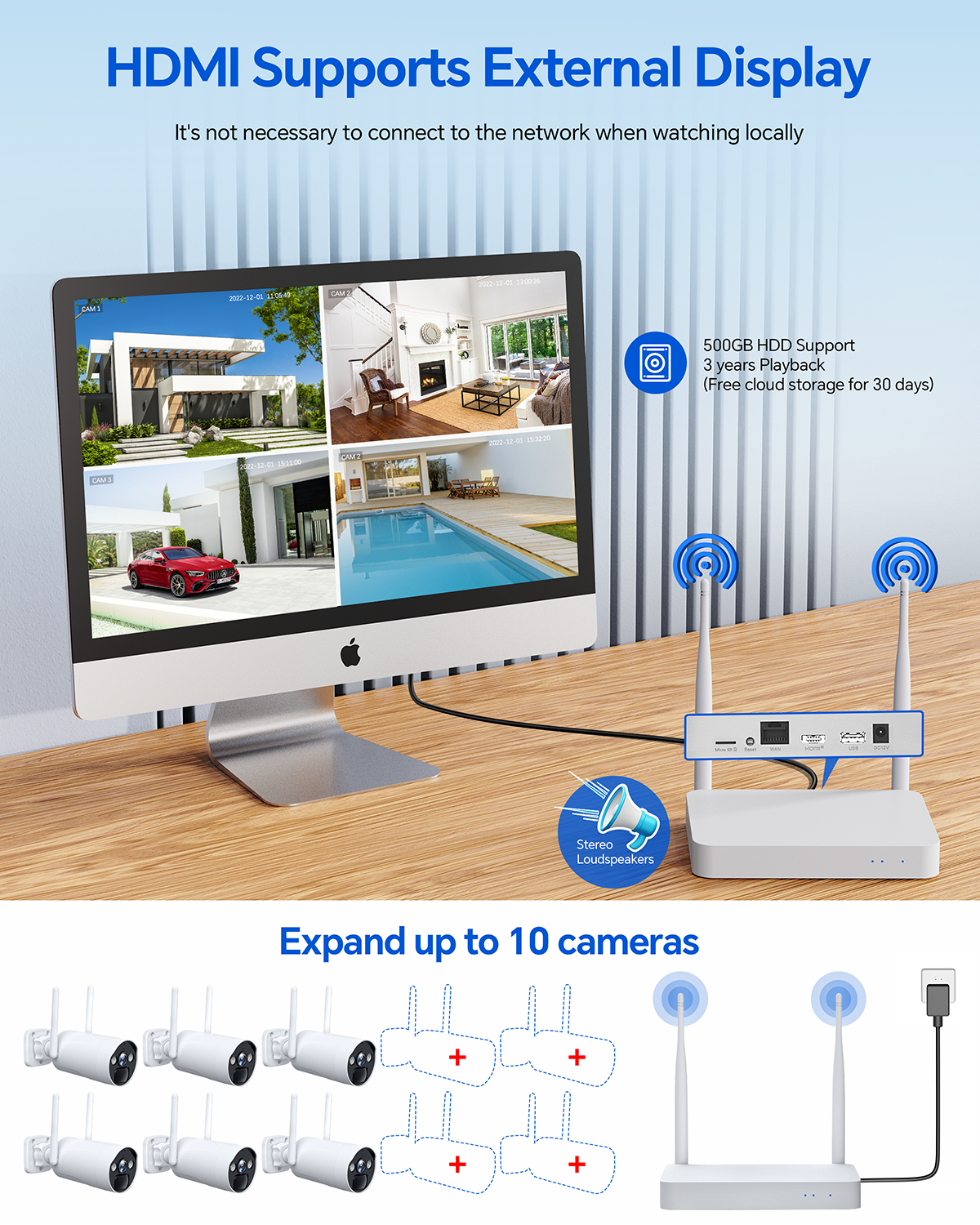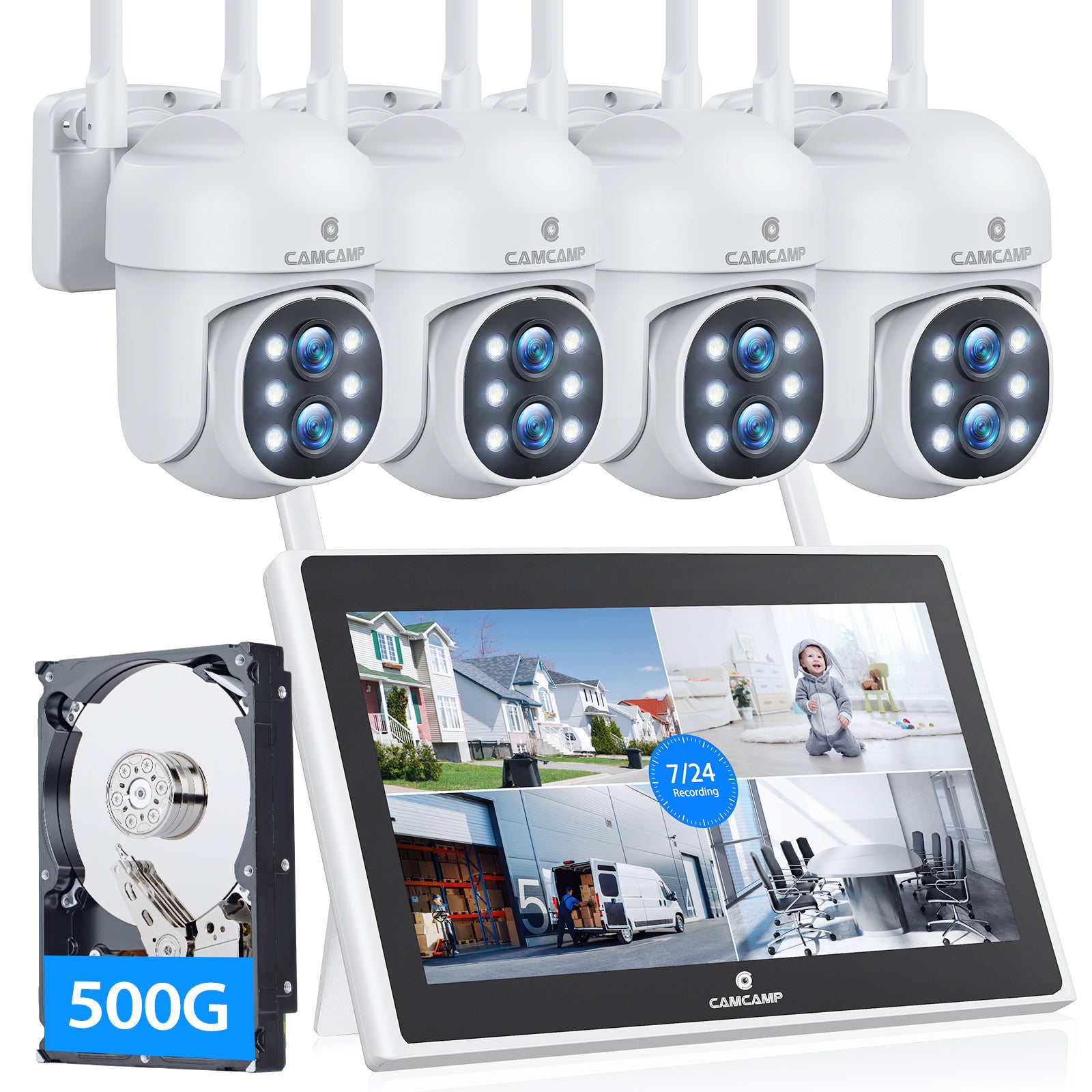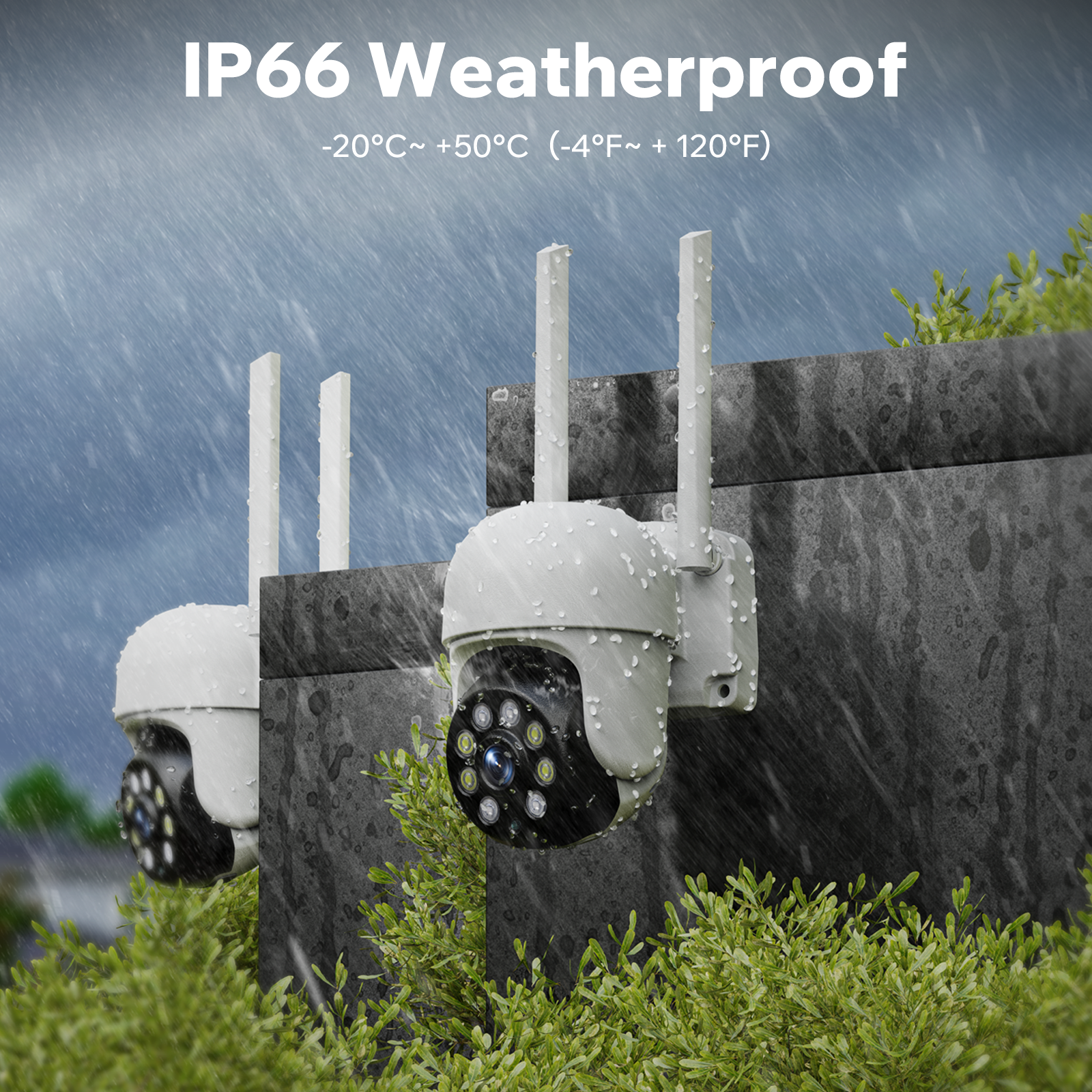Keywords: Camcamp, security camera, smart security, monitoring, home security, enterprise security
1. Introduction
2. Intelligent upgrade of security cameras
2.1 Application of artificial intelligence
2.2 Intelligent alarm system and real-time monitoring
3. The role of cloud storage
3.1 Cloud storage and data management
3.2 Security and privacy protection
4. Application of security cameras in homes and enterprises
4.1 Security cameras in smart homes
4.2 Enterprise security
5. Summary
The future of security cameras: the integration of intelligence and cloud technology
1. Introduction
When it comes to security cameras, they are no longer just cameras as before, because with the continuous advancement of technology, security has also ushered in great improvements. In the past, traditional security cameras mainly had basic recording functions, and their monitoring effects and management methods had certain limitations. Now, with the rapid development of artificial intelligence and other technologies, the functions of security cameras are becoming more and more intelligent, and gradually turning to more efficient and accurate monitoring methods.Now, smart security cameras are not just a simple video surveillance tool, but also a comprehensive security management platform that can provide real-time monitoring, intelligent analysis, remote management and other functions. Whether in homes, businesses or public places, smart security cameras are playing an increasingly important role.

2. Intelligent upgrade of security cameras
2.1 Application of artificial intelligence
In traditional security systems, the functions of security cameras are relatively simple, mainly recording and playback functions. Although this method can help users review surveillance videos, its real-time response capability is poor. Modern smart security cameras, with artificial intelligence technology, can achieve more intelligent monitoring, early warning and alarm.AI technology enables the camera to automatically identify and analyze abnormal situations in the video. For example, when the camera detects a suspicious person entering a restricted area, it can automatically sound an alarm and send an alarm notification to the user's mobile phone.
2.2 Intelligent alarm system and real-time monitoring
Another important function of some smart security cameras on the market now is the intelligent alarm system. Unlike traditional security cameras, modern smart cameras can analyze real-time video streams through learning algorithms to determine whether there are safety hazards. Once the system detects an abnormality, it will not only trigger an alarm and inform the user as soon as possible, but also automatically record the relevant video and upload the video to the cloud to ensure that the data is not lost.This intelligent alarm system can provide users with real-time feedback, especially in emergency situations, to detect potential dangers earlier and take action. At the same time, due to the addition of artificial intelligence, the false alarm rate of the alarm system is greatly reduced, and it can more accurately determine which situations require alarms, reduce the frequency of false alarms and disturbances to users.

3. The role of cloud storage
3.1 Cloud storage and data management
With the popularity of smart security cameras, data storage and management have also become a key issue. Traditional local storage methods such as SD card storage often face the risk of insufficient storage space, data corruption or loss, and the emergence of cloud storage has completely changed this situation.Smart security cameras usually upload video and monitoring data to the cloud, and users can access this data anytime and anywhere through the Internet. Cloud storage not only greatly improves the security of data storage, but also makes management more convenient. Compared with traditional storage methods, cloud storage may require additional cloud storage fees.
3.2 Security and privacy protection
Cloud storage has brought great convenience to users, but at the same time, data security and privacy are still the focus of users. In order to ensure the security of video data, many cloud security platforms use technologies such as encrypted transmission and data isolation. In addition, users can also set access rights to ensure that only authorized personnel can view and manage data, which greatly improves the security and privacy of monitoring data.

4. Application of security cameras in homes and businesses
4.1 Security cameras in smart homes
For home users, security cameras are not only anti-theft tools, but also an important part of smart home systems. Many home security cameras support linkage with other smart home devices. For example, when the camera detects a suspicious person, it automatically triggers the door lock alarm or indoor lighting system to enhance the security of the home. At the same time, it can also notify the user in time to ensure that the user can take countermeasures in the first place.
4.2 Enterprise security
The security needs of enterprises are more complicated than those of home security, usually involving monitoring of multiple areas and a large amount of data processing. Smart security cameras can provide enterprises with all-round security protection through high-resolution images, high-definition night vision and other functions.Modern security cameras can be connected with the enterprise's access control system, fire alarm, etc. to form a complete system. This greatly improves the efficiency of enterprise security.





Leave a comment
This site is protected by hCaptcha and the hCaptcha Privacy Policy and Terms of Service apply.